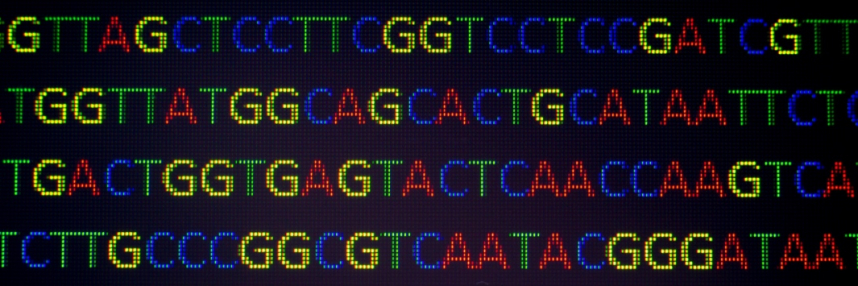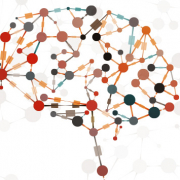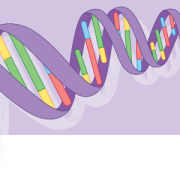The challenge of variant classification
Exploring the complex issue of interpretation – can updated standards and guidelines help achieve increased clarity and consistency?
With close to 15,000 genomes sequenced as part of the 100,000 Genomes Project, genomic variants are now beginning to be fed back to Genomic Medicine Centres to be confirmed as potential underlying causes of disease. Clinical diagnostic laboratories are also identifying an increasing number of novel variants, thanks to the rapid advances in sequencing technology. There has never been greater need to be able to classify sequence variants accurately and consistently, but this is not easy. Some of the challenges in variant interpretation have been described in a previous blog.
The American College of Medical Genetics (ACMG) has produced standards and guidelines for the clinical interpretation of genomic sequence variants that are increasingly used worldwide1. At a recent meeting of the Association for Clinical Genetic Science (ACGS), the consensus of expert opinion was that UK laboratories should also adopt these to replace the current system. So what does this mean for our clinical services and what benefits will the change bring? Fiona Macdonald considers.
What’s in a name?
Firstly, what should we call a change in DNA sequence? The terms mutation and polymorphism can cause confusion. A mutation is defined as a change in nucleotide sequence and has been used specifically to describe a disease-causing change. A polymorphism is defined as a non-disease causing change, or a change found at a frequency of 1% or higher in a population. The guidelines suggest that both terms should be replaced by the term variant, which should then be further qualified by the use of pathogenic, likely pathogenic, uncertain significance, likely benign or benign to give a choice of five terms to classify the variant. The use of variant also removes the negative connotation sometimes associated with the use of mutation which others have also commented on.
The ACMG guidelines describe 28 criteria for designating the nature of a genomic variant based on the same lines of evidence as used in the UK system such as in silico (computer algorithm) predictions, database entries, allele frequency etc. Each form of evidence is weighted in importance as very strong, strong, moderate, supportive and stand alone. These criteria can then be combined to arrive at one of the five final classifications for a variant. This system removes some of the more arbitrary decisions which have had to be made in the past by experts, and should therefore result in increased consistency. The new stringency does mean that more variants are likely to be classed as variants of unknown significance (VUS) than before, but fewer variants should be classed as causative when the evidence is lacking and hence prevent mismanagement of a patient and their family.
A fluid situation
Variant classification is not a static process and continued review of variants of unknown significance and (where appropriate based on new evidence) re-classification of variants will still be necessary. It can take several years before a VUS is re-classified – for example, a missense variant in BRCA1 was only classified as a definite pathogenic variant after three years of analysis of families in several countries2. This highlights the need for data sharing between diagnostic services.
There are also exceptions to rules. A publication in 20153 identified three variants in a gene that had been considered pathogenic based on their probable effect on the corresponding protein. For example, one was located at a consensus splice site and hence predicted to result in altered gene expression and production of an abnormal protein product. Splicing variants like these are typically considered by laboratories to be pathogenic, based on accepted guidelines, and in this case the variant had been designated clinically as a pathogenic variant. However, based on review of clinical evidence such as inconsistent observation within family members of patients and the presence of other pathogenic variants in affected individuals, the authors concluded that it was not after all pathogenic but a ‘likely benign’ variant.
The new ACMG guidelines consider a variant at a consensus splice site as very strong evidence of pathogenicity, but on its own would not reach a final classification of pathogenic without additional supporting evidence. Information such as distribution or lack of it within patient families is taken into account in the guidelines, and had that information been known at the time of classification an alternative outcome may have been arrived at.
Benefits and limitations
Guidelines may also not be useful in all scenarios. The increased use of whole exome and genome sequencing means that variants will be identified in genes which have only previously been associated with phenotypes (characteristics) unrelated to the condition of the patient under investigation. To help address this, Genomics England has introduced the crowd sourcing tool PanelApp, which utilises the expertise and knowledge of reviewers to establish a clinical grade gene panel of each disorder to ensure that each gene in a panel has been associated with a specific phenotype based on current knowledge and evidence. New genotype-phenotype associations will be reviewed by the Genomics England Clinical Interpretation Partnerships to aid with interpretation. Outside of the project, careful interpretation is required when a variant is found in a gene without a previous validated association to a phenotype.
The ACMG guidelines are not perfect. A follow up study applying them to 99 variants by 9 centres still only showed 71% concordance after discussions and review of the ACMG criteria4. However, they do provide a useful framework on which to work to improve consistency across centres. Hopefully the decision by UK laboratories to build them into existing guidelines will further improve decision making of variant classification and achieve consistency across the country – to the benefit of patients and their clinicians.
- Richards et al. (2015) Genet Med, 17:405-424
- Eccles et al. (2015) Ann Oncol, 26: 1057-1065
- Rosenthal et al. (2015) Clin Genet, 88: 533–541
- Amendola et al. (2016) Am J Hum Genet, 98: 1067-1076
Fiona Macdonald is a consultant clinical scientist based primarily in the West Midlands Regional Genetics Laboratory, and is a fellow of the Royal College of Pathologists. She is an author on more than 80 papers and has also written a variety of book chapters as well as co-authoring two books on the molecular basis of cancer.
–









